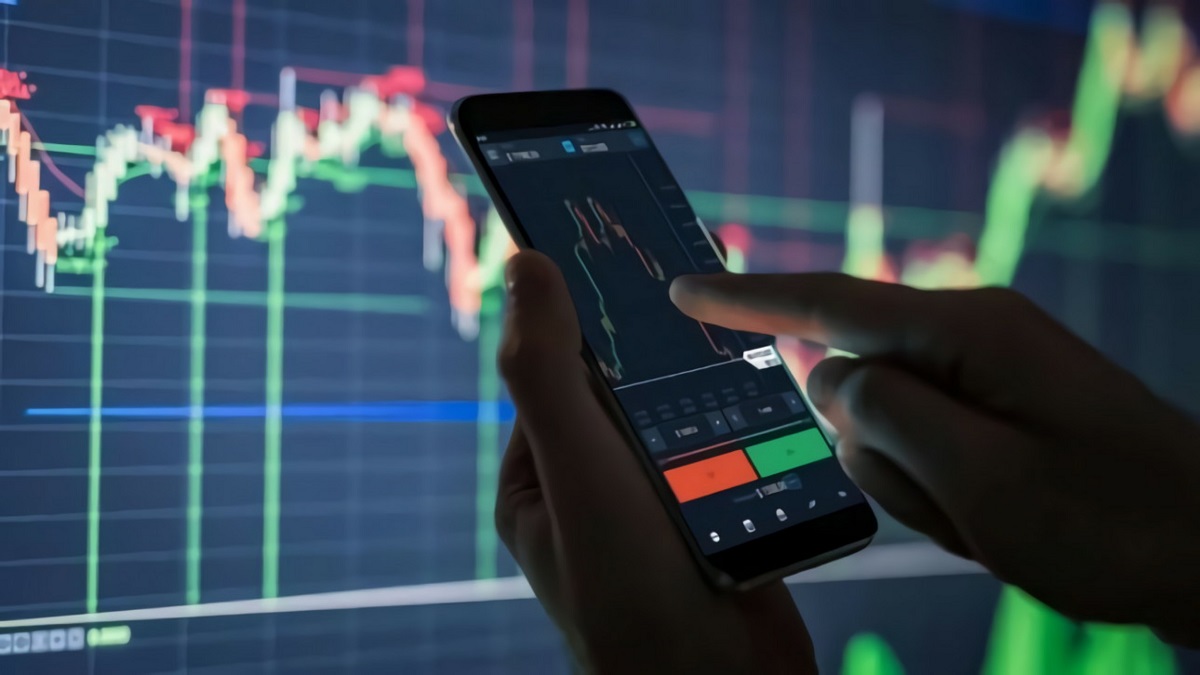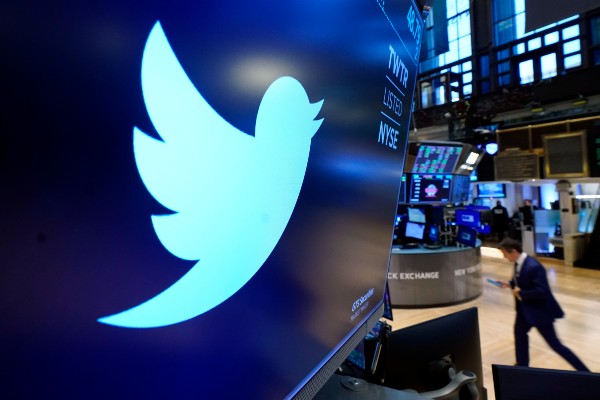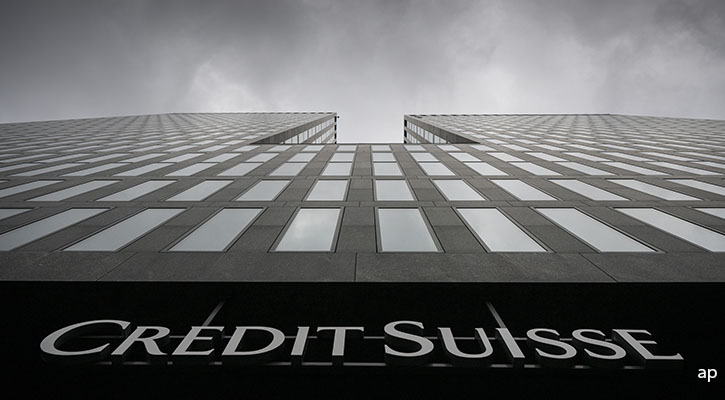
The Morningstar Uncertainty Rating got an updated methodology earlier this week. The Intuition behind the rating is simple: Different companies have different fundamental risk levels. Some companies have stable and predictable cash flows; others might not be so stable or predictable. This is where the Morningstar Uncertainty Rating comes into play.
As Morningstar stock analyst Eric Compton explains, “As an investor, if you are very unsure about a company’s future and therefore very unsure about that company’s intrinsic value (see the Morningstar Fair Value Estimate), you should want a higher margin of safety, and vice versa.”
The Morningstar Uncertainty Rating in Practice
The Uncertainty Rating represents our analysts’ ability to bind the estimated value of a company’s shares around the Morningstar Fair Value Estimate. The Uncertainty Rating has five categories: Low, Medium, High, Very High, and Extreme. Factors that can influence a company’s rating include operating and financial leverage, sales sensitivity to the overall economy, product concentration, pricing power, exposure to material environmental, social, and governance risks, and other company-specific factors.
Low. The margin of safety for a 5-star rating is a 20% discount and for a 1-star rating is a 25% premium.
Medium. The margin of safety for a 5-star rating is a 30% discount and for a 1-star rating is a 35% premium.
High. The margin of safety for a 5-star rating is a 40% discount and for a 1-star rating is a 55% premium.
Very High. The margin of safety for a 5-star rating is a 50% discount and for a 1-star rating is a 75% premium.
Extreme. The margin of safety for a 5-star rating is a 75% discount and for a 1-star rating is a 300% premium.
How Many Stocks Were Impacted?
“Our analysts use their extensive knowledge of the companies they cover to assign them all an Uncertainty Rating. This Uncertainty Rating ensures that our star ratings (1 through 5) are risk-adjusted, implementing an appropriate margin of safety. This is yet another way we aim to help investors make more informed decisions about their stock investments,” Compton says.
Compton and his team have gone through our entire stock coverage universe. “Roughly one-fourth—24%, to be exact—of the applicable coverage universe experienced an Uncertainty Rating change during the launch of our new Uncertainty Rating process. Of the 357 companies that saw a change in Uncertainty Rating, roughly three-fourths (72%) saw a decrease in the level of their Uncertainty Rating—that is, a narrowing of the required margin of safety for a given star rating. Roughly one-fourth (28%) saw an increase in the level of their Uncertainty Rating, or a widening of the margin of safety. The most common rating change was from High to Medium; a change from Very High to High was the second most common update,” he said.
In our coverage universe, there are 67 Canadian stocks, of which 23 received a revised Morningstar Uncertainty Rating. 22 received a lower Morningstar Uncertainty Rating. One – Spin Master (TOY) received a higher rating from Medium to High. Here is the list:
Morningstar analyst Jamie Katz assigns a Morningstar Uncertainty Rating of High to Spin Master based on the firm's fundamental exposure to the economy and economic cycles, and the range of return outcomes used by our star rating system. She remains concerned that a new toy manufacturer can incorporate and take share from Spin Master.
“We think Spin Master faces some risks that may affect its enterprise value. To start, customer concentration raises the risk that liquidity issues or changes to ordering patterns could affect the firm's profits. In this vein, the top three customers for distribution constituted about 51% of gross product sales in 2021, and physical retailing has become more competitive. Second, the firm faces risk from litigation regarding product recalls or poor manufacturing of its products given the outsourced nature of its manufacturing. Third, integration risk following acquisitions could disrupt management's focus and impair profits, a factor that is unlikely to subside as the leadership team plans to leverage its global platform through continued strategic tie-ups,” she says.





















